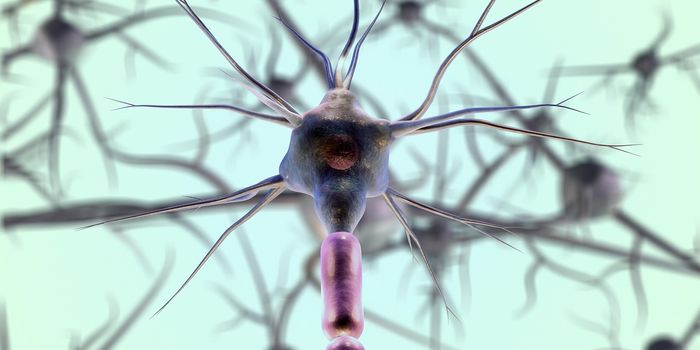The Spleen Creates Long-Lasting Protection Against the Flu Virus
You share an elevator with an individual who is coughing and sneezing, only to find yourself feeling unwell a few days later. The influenza virus has entered the respiratory tract and set the wheels of infection in motion.
Thankfully, the immune system is ready to take down the viral enemy. First dendritic cells activate a unique subset of lymphocytes known as killer T cells to seek out and eliminate cells that have been infected with the flu virus. The process through which dendritic cells present fragments of the virus to T cells (so they know exactly which cells to target) is called priming and has long been thought to occur in lymph nodes near the lungs.
However, new research is turning that paradigm on its head, revealing that priming in influenza occurs in an unexpected anatomical site: the spleen.
Researchers led by André Ballesteros-Tato at the University of Alabama detailed this discovery in the journal Science Immunology. According to Ballesteros-Tato, the location where T cells are primed, matters. This is because the transcriptional fates of T cells differ significantly depending on the site of priming. Cells primed in lymph nodes go on to become T effector cells, charging to the respiratory tract to eliminate the virus.
On the other hand, T cells primed in the spleen end up having a more stem cell-like memory T cell phenotype, lingering around for much longer and igniting a rapid response in the event of future flu infections.
Using a small animal model of flu infection, the research team demonstrated that CD8+ T cells primed in the spleen responded more rapidly to a reinfection challenge 45 days after the initial infection. These spleen-primed T cells quickly expanded into an army of viral-killing T effector cells upon recognizing the same viral threat.
“We demonstrate that CD8+ T cells, responding to the same antigen in different anatomical locations, gives rise to cells with distinct functional capabilities,” explained Ballesteros-Tato, “thereby providing a new ‘anatomical model’ for how T cell diversity is generated after infection.” This is of particular significance to vaccine developers for creating next-generation flu vaccines with the potential to offer enduring protective immunity.









